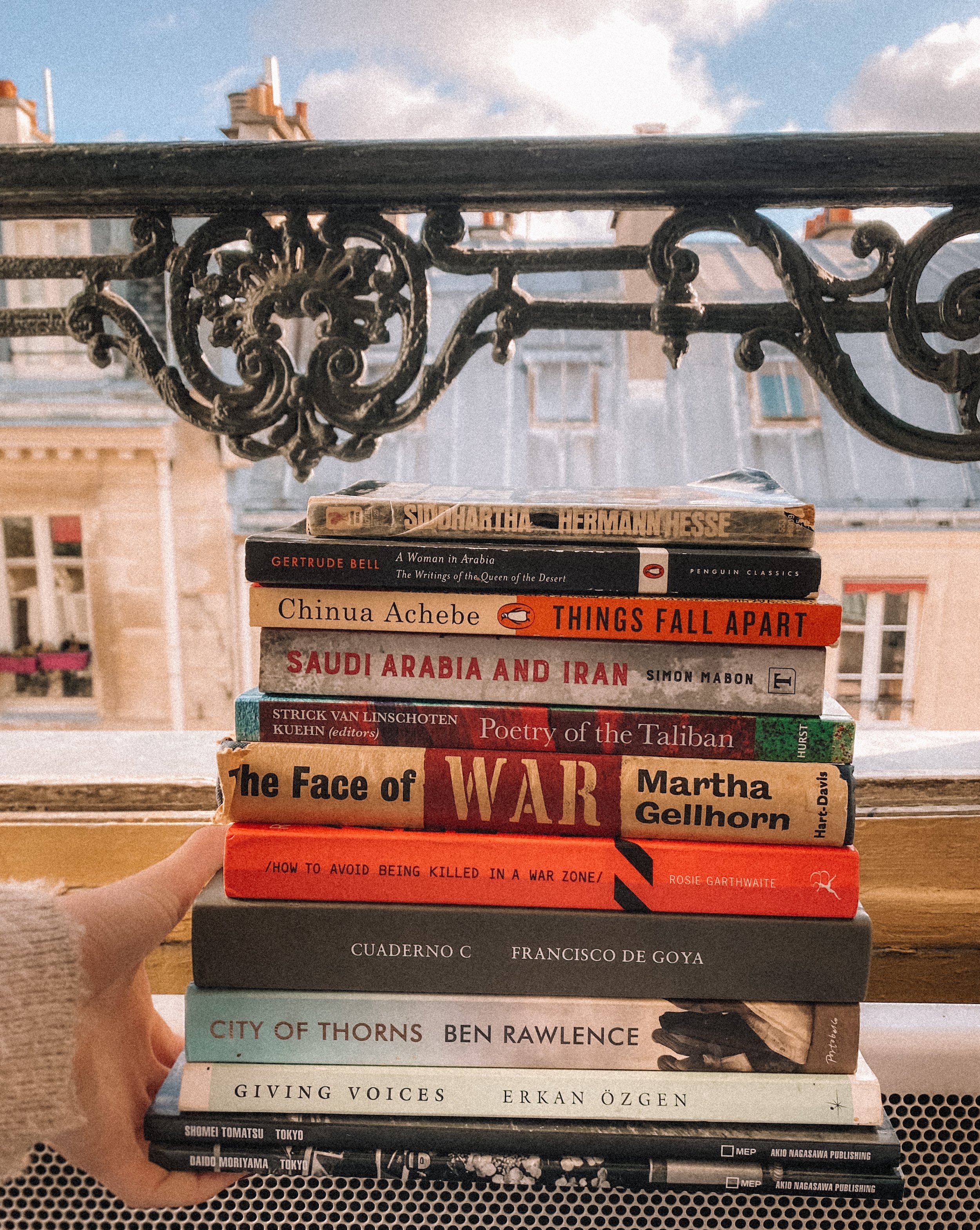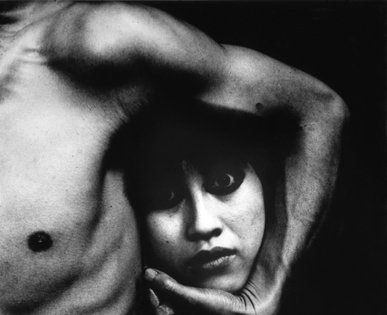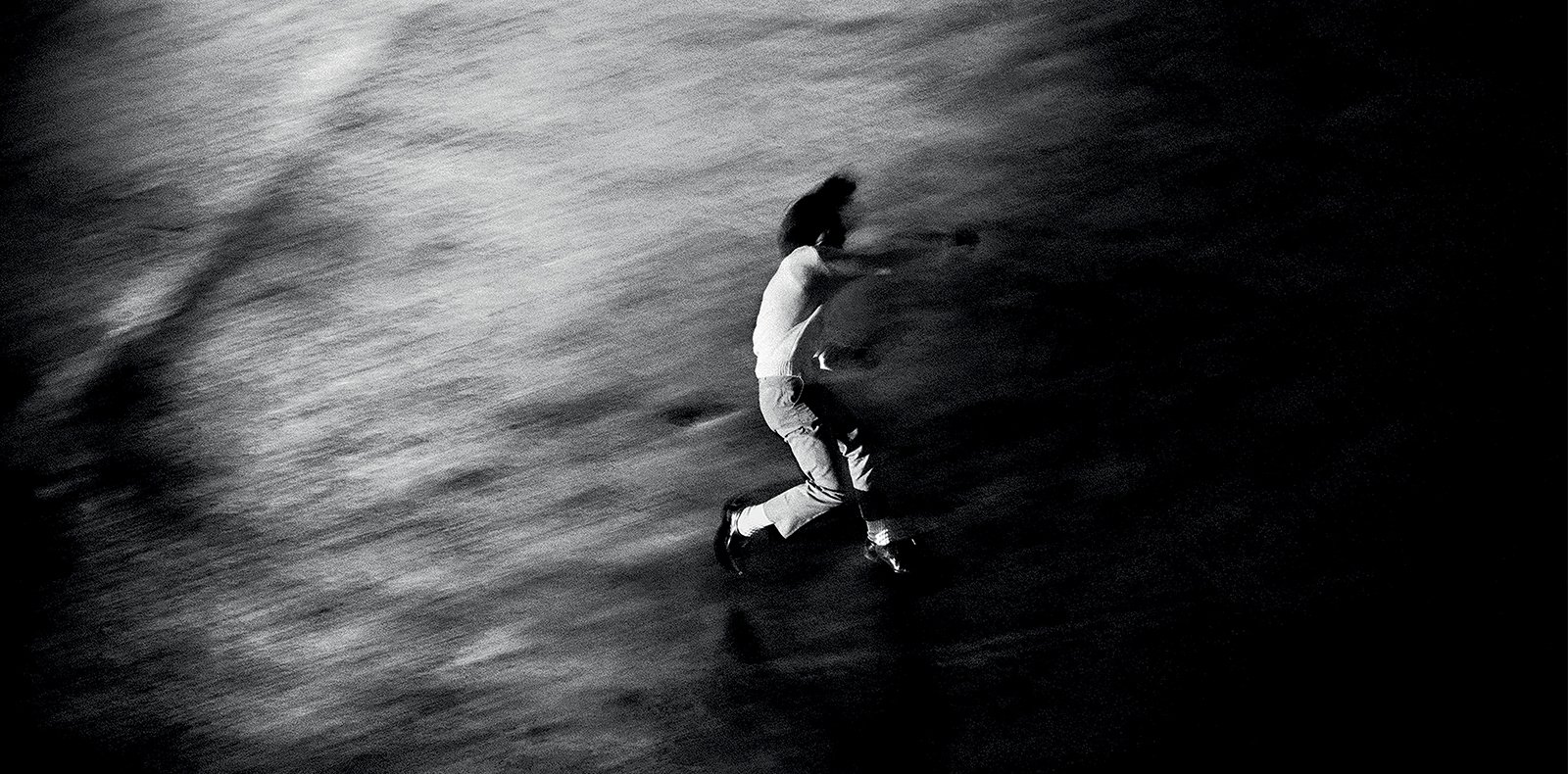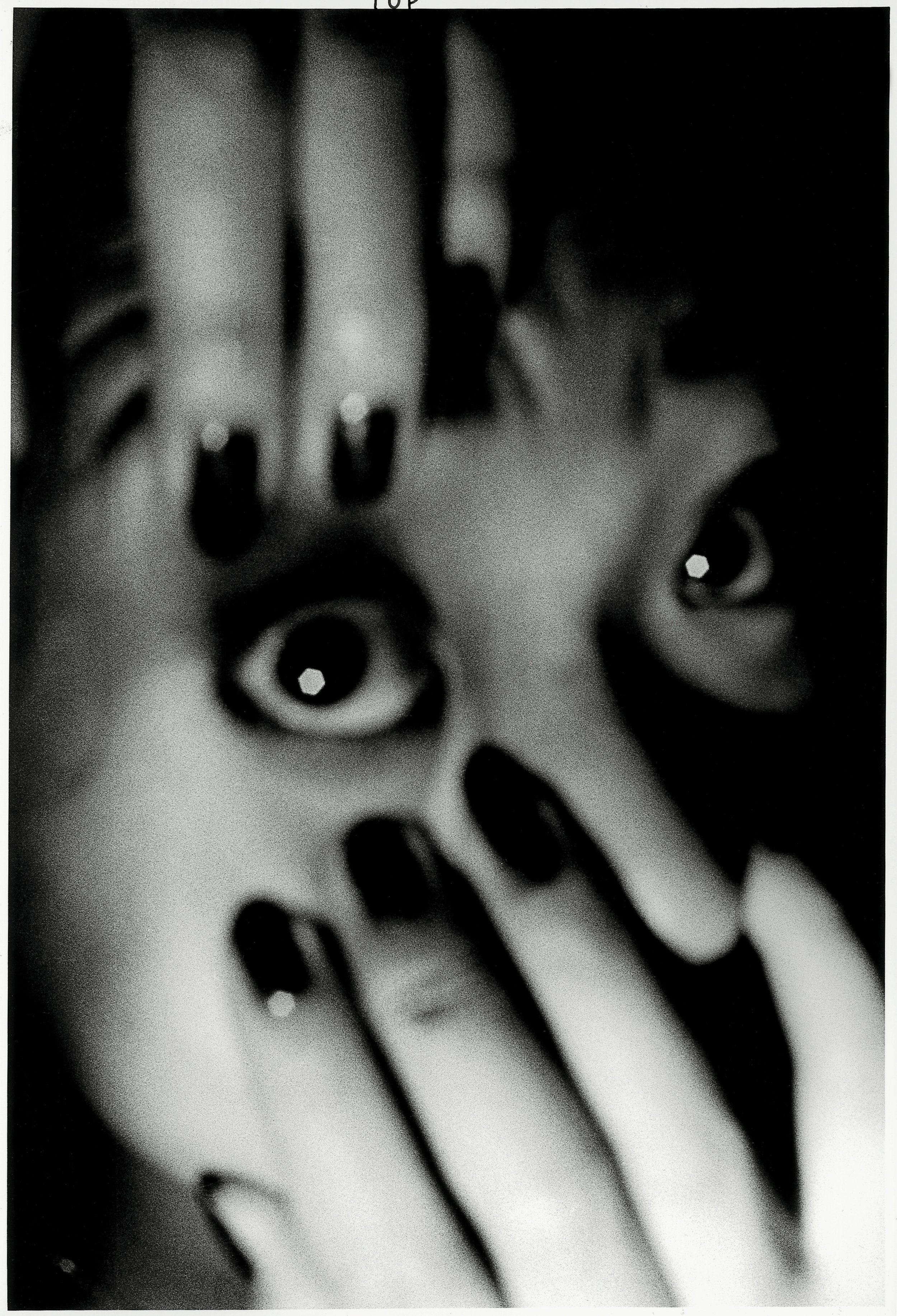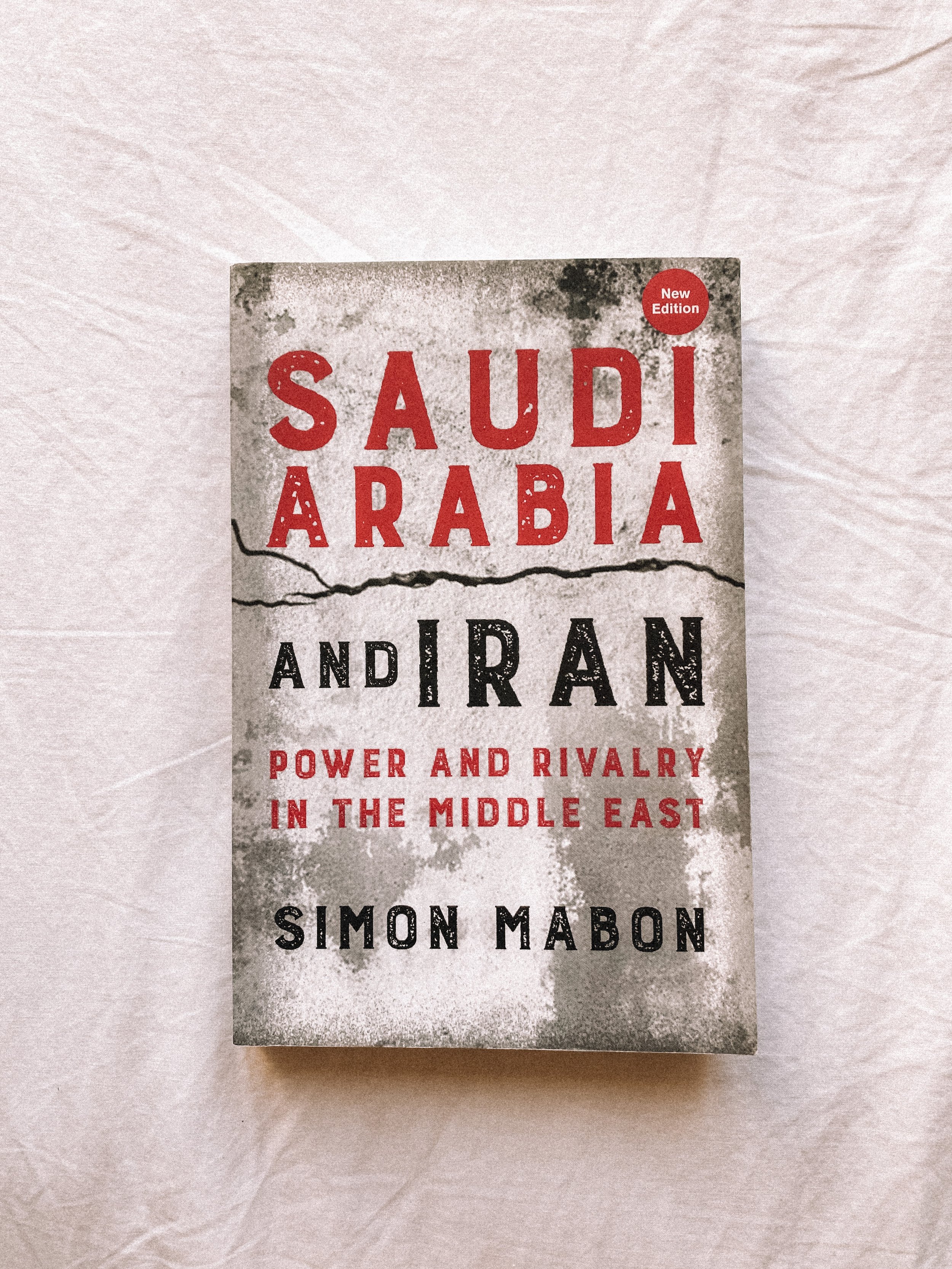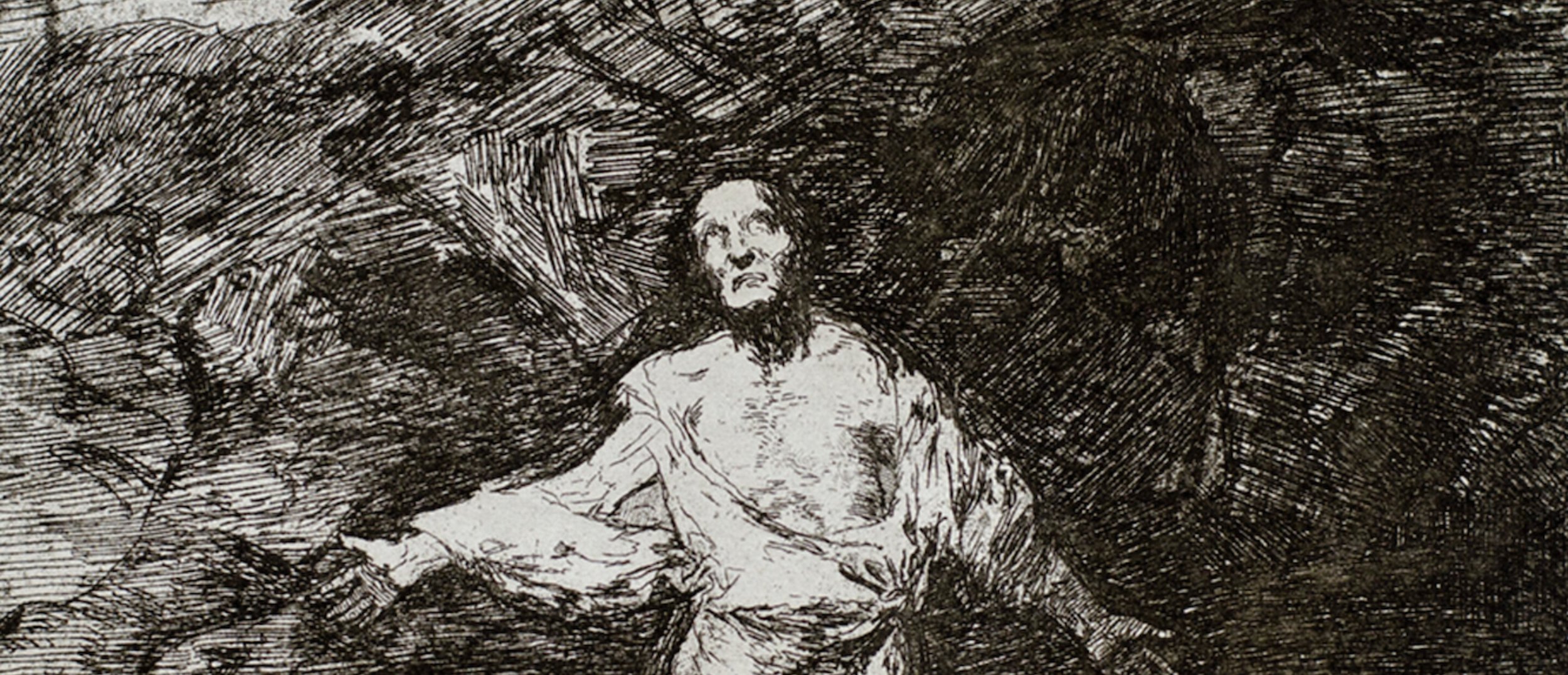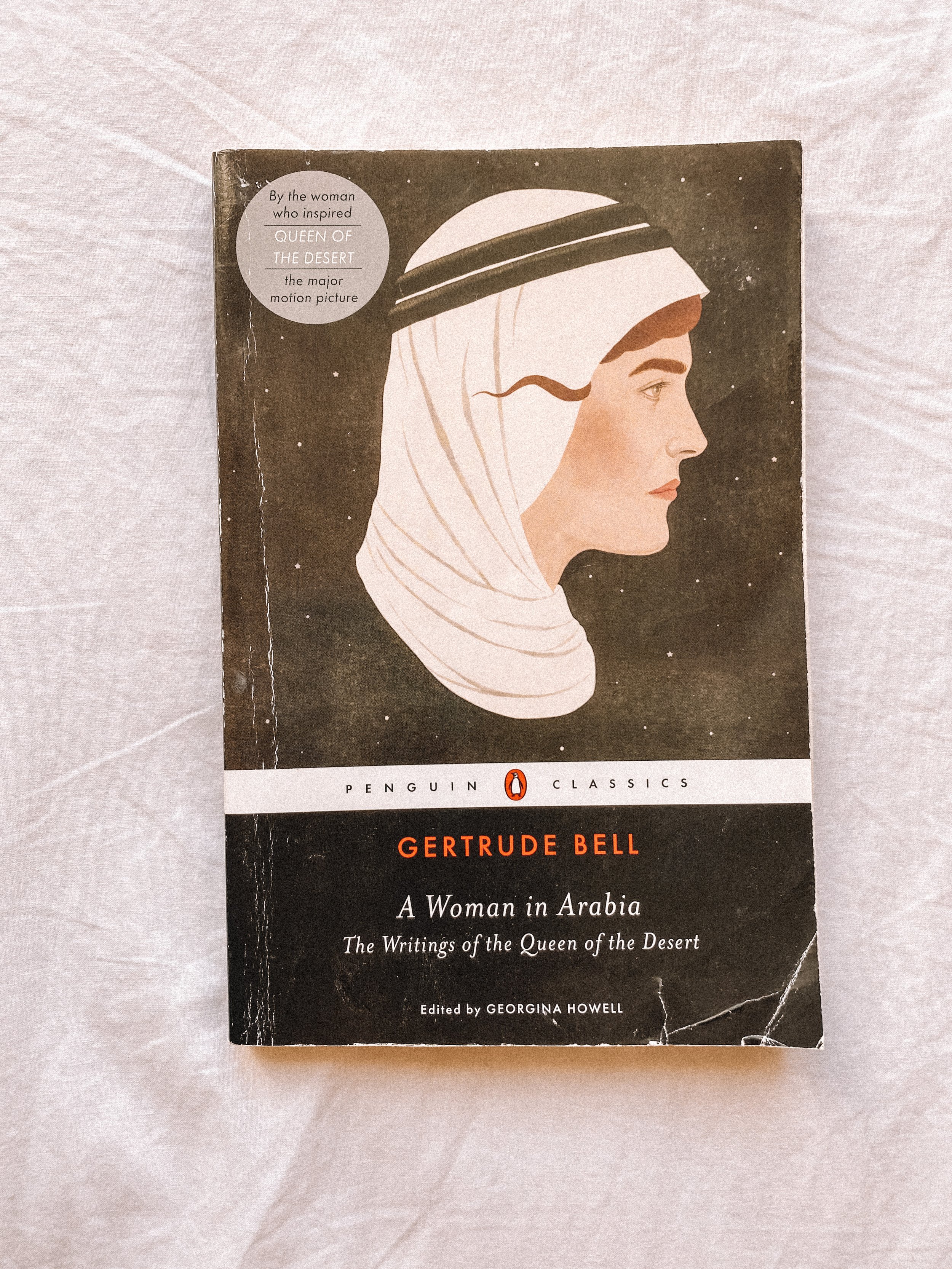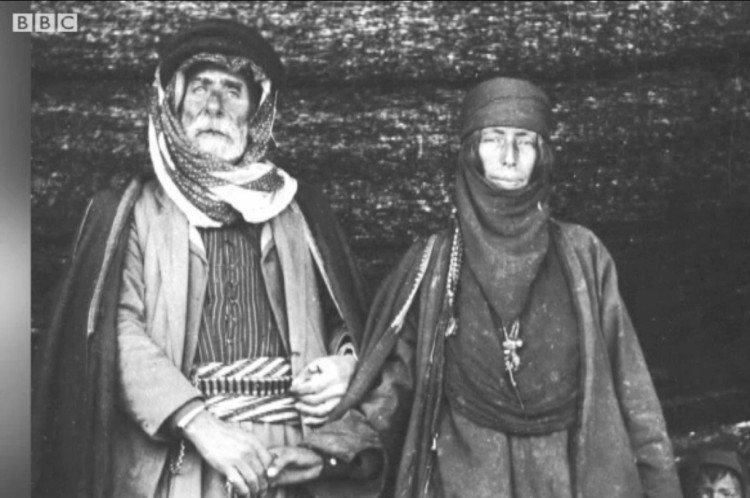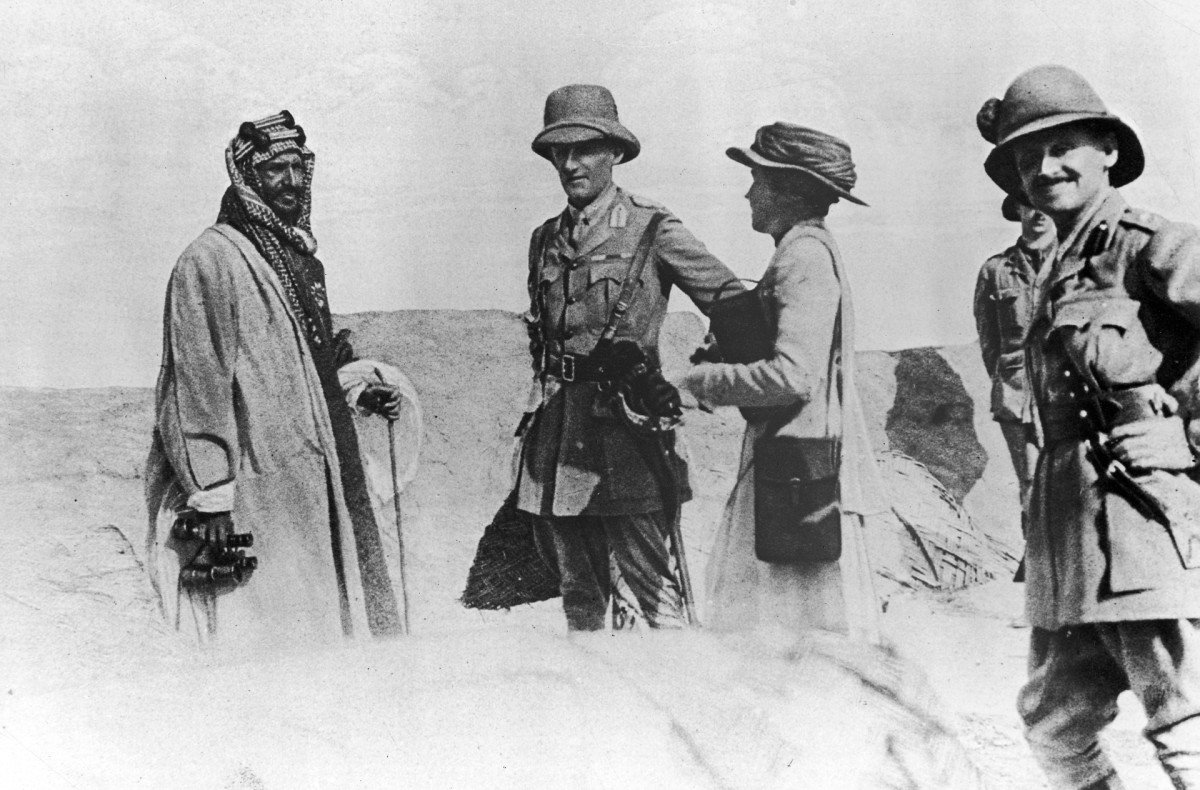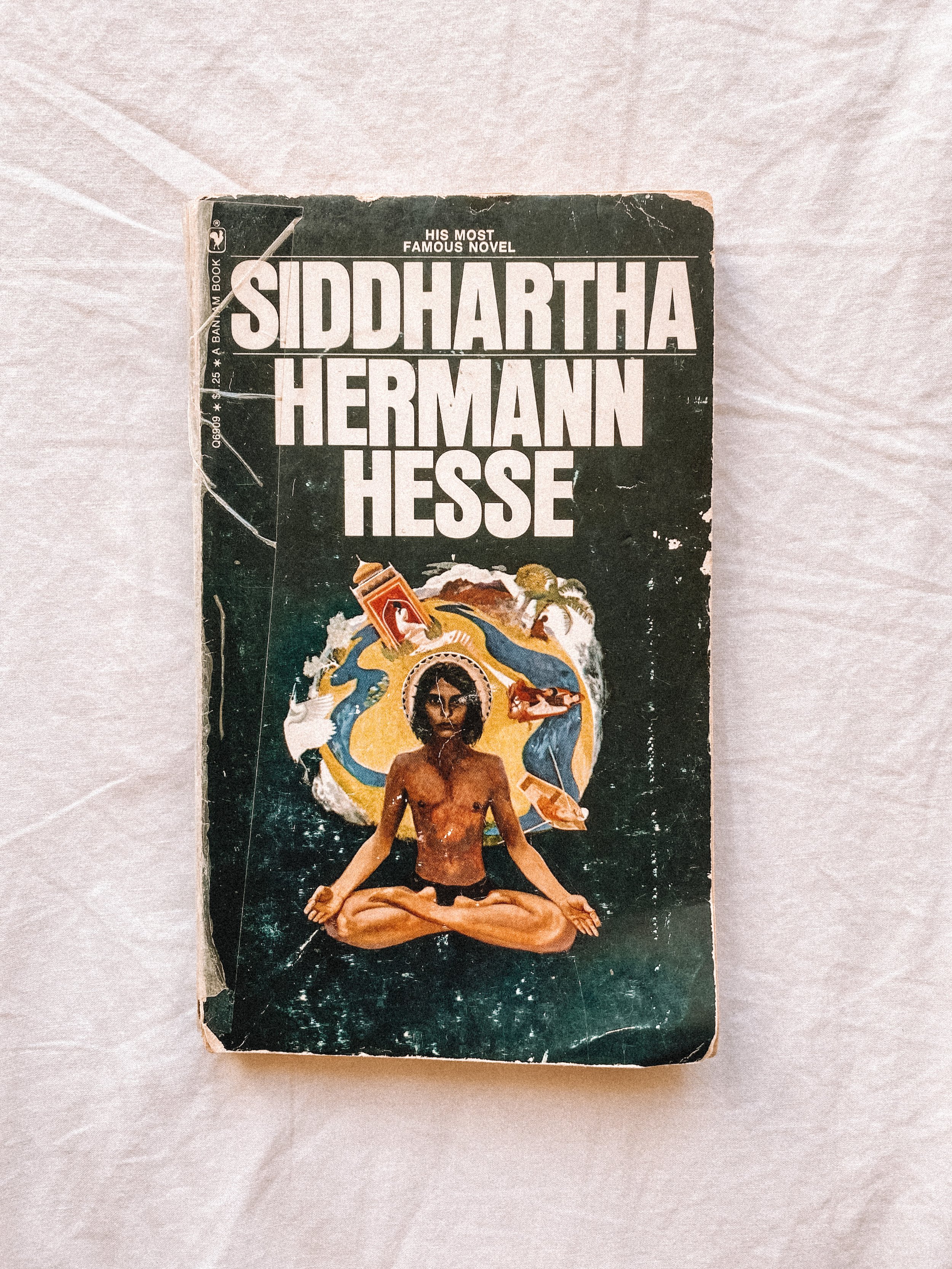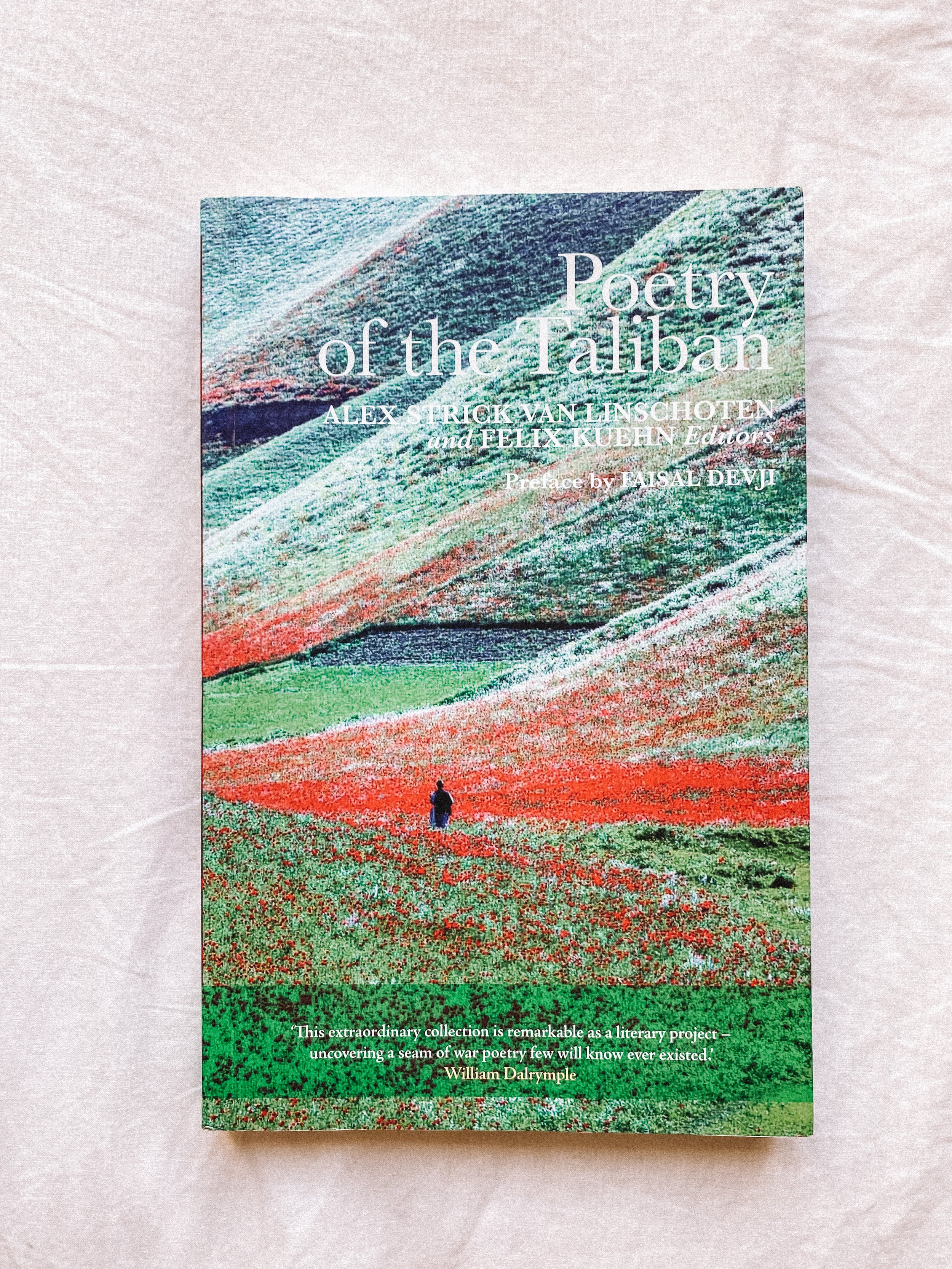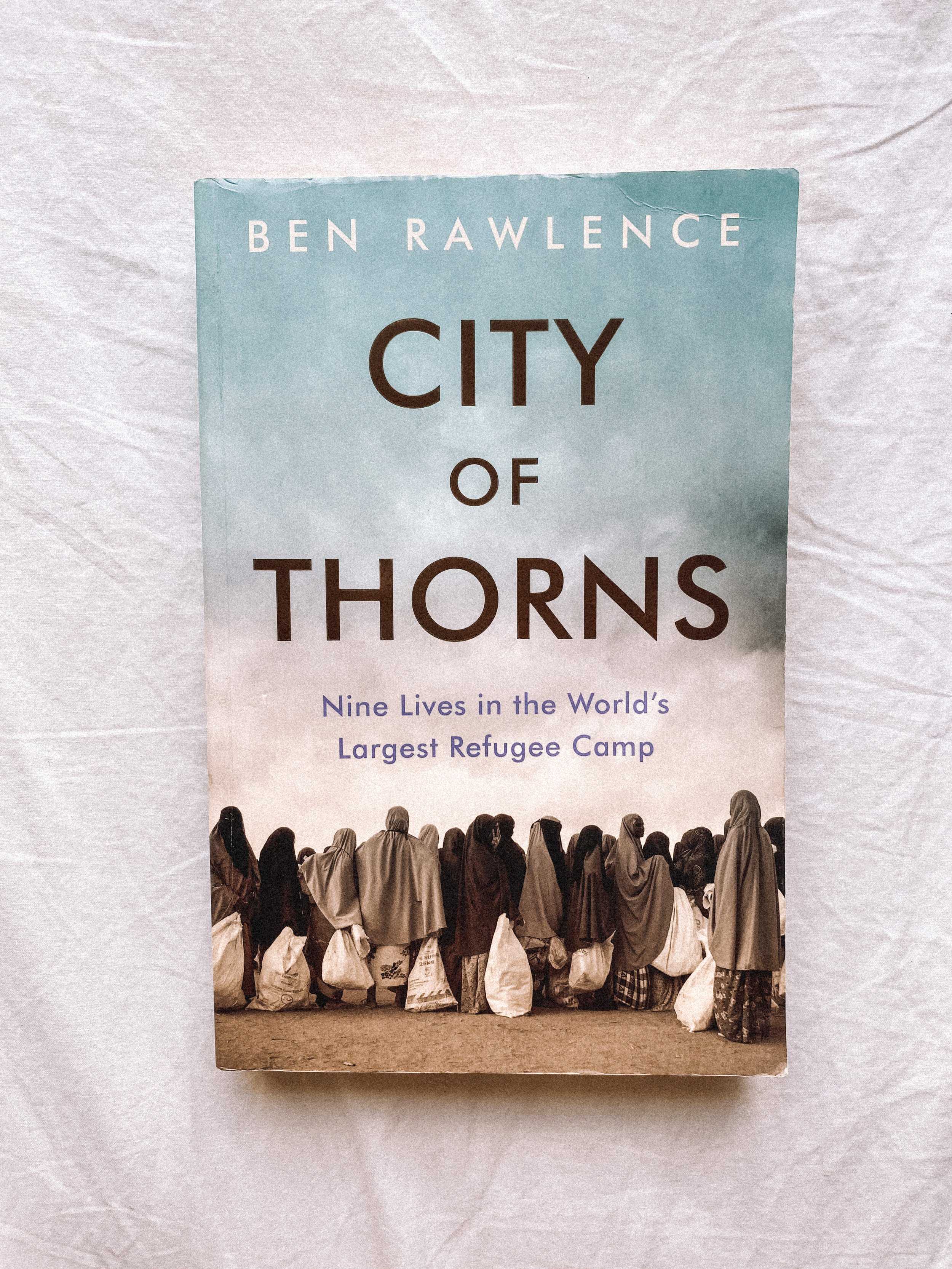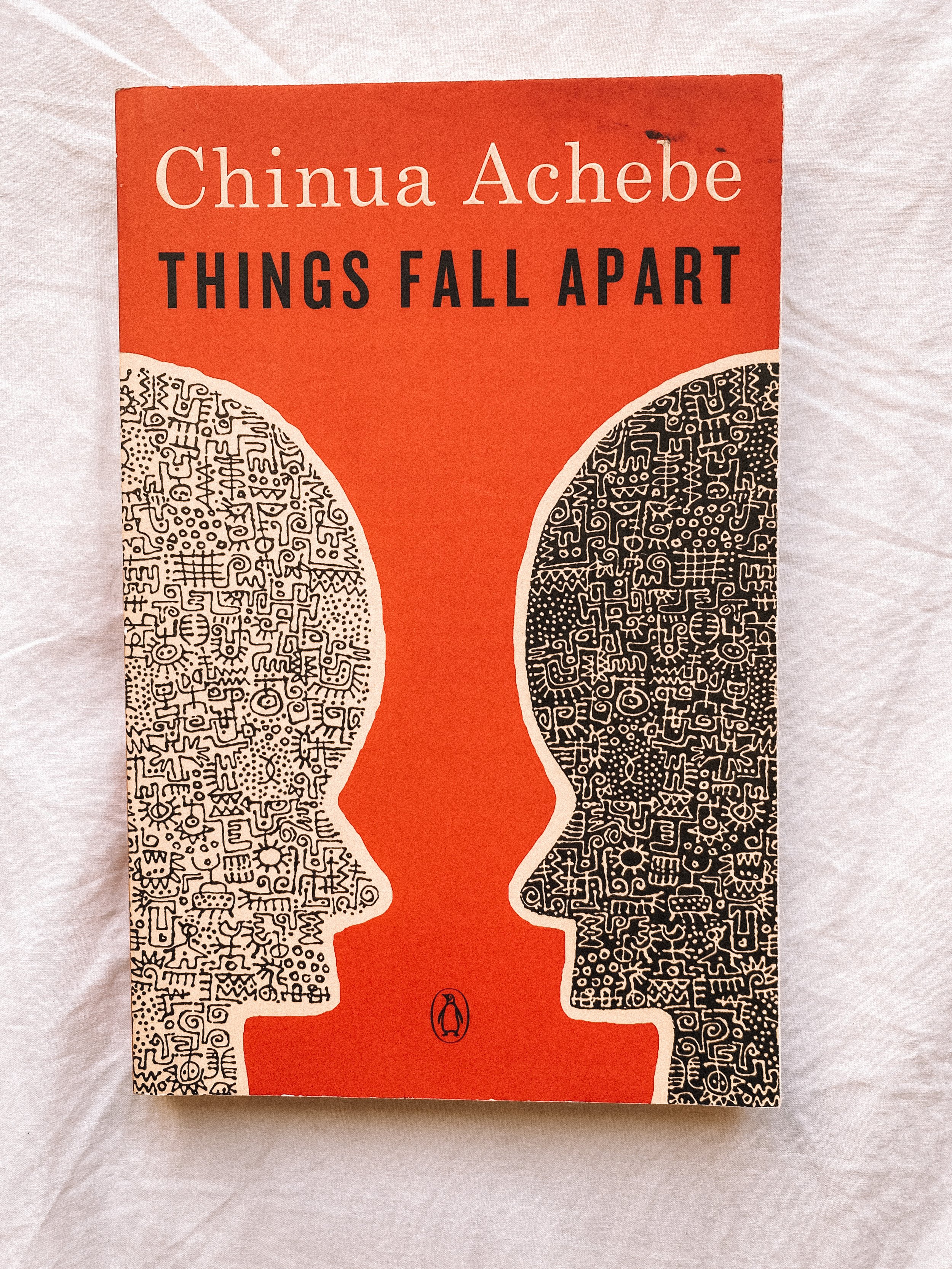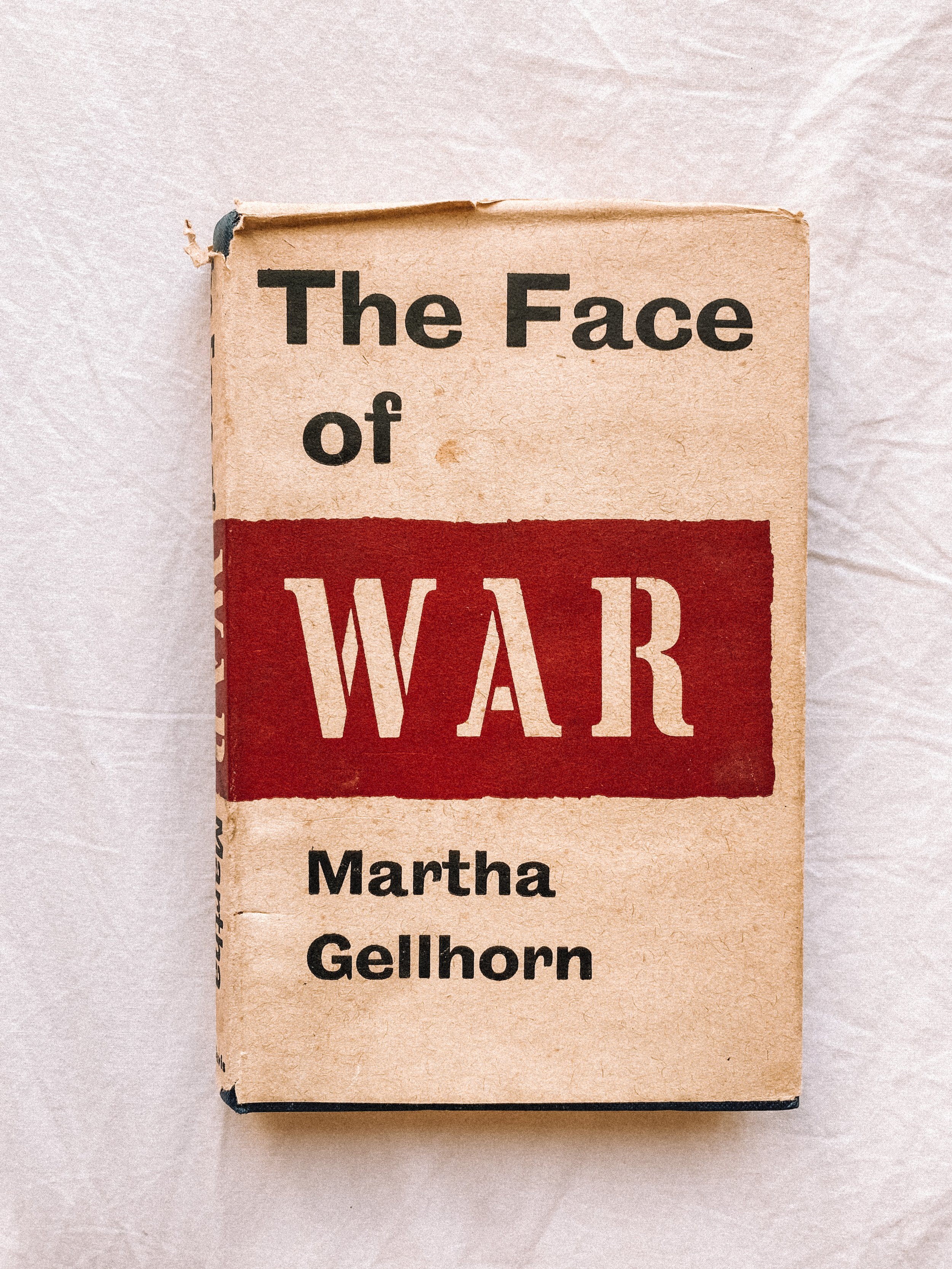I’ve always wanted to do a quick blog post on books I look to to influence me in my photography. Today I was feeling particularly inspired as I called in sick to work and watched the rain part the clouds and bring in sun. Over the years of living in France, I first moved into my apartment with what seemed (at the time) very large and empty book shelves. I had only brought my favorite books over from the U.S. and I thought that there was no possible way I could ever fill these shelves. Now almost four years later and I’ve run out of space. As I travel more, I am exposed to more cultures and new things which generate interest for different subjects, as life goes. But in making the choice to document conflict and the effects of it, I always strive to understand not just what is happening but also why. From international relation theory, to “how to” books, to painters, to fiction and poetry is just some of the genres I’ll mention. I’ve always been a person to draw inspiration from all factions of life and I think this variety of books I’ll be recommending here will reflect that and find those that do the same. Some of these books have been gifted to me, some I have found wandering in a book store, some have been the result of seeing an exhibition, some are meant to inspire, while others are meant to inform. In any case: enjoy, learn, be undone.
First up is two truly unique Japanese photographers. I saw their joint exhibition in Paris last summer (2021) and they bring a whole new meaning to photojournalism and street photography. Shomei Tomatsu was born in 1930 and is mostly known for his images that depict the impact of World War II on Japan and the subsequent occupation of U.S. forces. He did some color but mostly black and white film. His photography is grainy, thought provoking and includes images of sex, street, post war, everyday life, protests, and more. He greatly inspired my work in Afghanistan and really challenged me to see different perspectives, not just in my photography but also daily life.
The next photographer is Daido Moriyama who was born in 1938 and still living today. His photographs challenge the idea of what photography is. Often his images are blurred and grainy, out of focus and sometimes the viewer doesn’t even know what it is they are looking at. To quote his website, “[Moriyama]…known mostly for his work in black and white, his images often use high contrast and tilted horizons to convey the fragmentary nature of modern life.” His photographs are more of everyday life and street scenes but things people would most normally look past. He has a special way of making even garbage look beautiful and interesting. He Inspired some images I took in Provence last summer as I started the journey of changing my photographic style (that’s always been in me, but too afraid to actually do it).
To give a harsh juxtaposition to my last recommendation, this book titled “Saudi Arabia and Iran: Power and Rivalry in the Middle East” by Simon Mabon. This book is a very in-depth look at how the conflict between Saudi Arabia and Iran is, “at the heart of the current crises in the Middle East, manifesting in conflict in Syria and Yemen, along with deep social, political and economic tensions in Bahrain, Iraq and Lebanon.” In part, this is the book I go to for the understanding of “why” things are happening. Simon Mabon holds a PhD in International Relations from the University of Leeds. This book also covers basics of the difference between Sunni and Shia, brief histories of pretty much every war, brief history of Islam, how and why the Sunni and Shi’i split, soft vs. hard powers, and way way more. You’ll definitely need google by your side as I don’t know the half the words in it.
I especially value painting and artworks for inspiration. One of my recently discovered favorites is Francisco Goya. Goya was a Spanish romantic painter in the 17 and 1800’s and was considered one of the most important Spanish artists of the late 18th and 19th centuries. His paintings, drawings, and engravings reflected contemporary historical upheavals. AKA the OG “conflict photographer.” Goya stayed in Madrid when Napoleon led the French army into the Peninsula War against Spain. A lot of his work wasn’t published until after his death. His paintings depict many scenes including war, mental asylums, witches, religious and political corruption, and many others. I also paid attention to his captions of his work, which I thought was interesting. Often times it would be a picture of someone about to be hung and his caption was “For being born with one leg.” It was quite advanced level of thinking for someone from that time period. While others wanted to hang those who were different he put it in very simple terms which painted a picture that our differences are no reason to kill another. A lesson still no one gets today, even hundreds of years later.
This next one is a good reference guide for quick information, “How to Avoid Being Killed In a War Zone,” by Rosie Garthwait but has contributions from over 100 conflict reporters from all over the world. The title pretty much says it all, however, you should obviously take a first aid course or HEFAT training before going on your first assignment, this book offers some insightful anecdotes from reporters. What they learned from that experience and how it can help you. It covers things like tear gas and pepper spray tips during riots, medical kits, first aid basics, how to make a shelter in nature, online safety, pretty much briefs on anything you can think of. Rosie was a reporter for Al Jazeera for six years working in the Middle East.
“A Woman in Arabia: The Writings of the Queen of the Desert” is a book about Gertrude Bell who played a major role in establishing the modern state of Iraq. She was an English woman born in 1868 and was an incredible writer, political officer, archeologist, and traveller. “She traveled in Syria-Palestine, Mesopotamia, Asia Minor, and Arabia. Along with T. E. Lawrence, Bell helped support the Hashemite dynasties in what is today Jordan as well as in Iraq.” This woman was the forefront of so many things such as woman’s suffrage, she was very into collecting seeds from different countries and was well known in Iraq for having the most beautiful garden. She spoke at least three different languages, was interested and played music. I could go on about how much this woman impacted today’s modern world. This book is important for information but also inspiration.
This next book was given to me by a friend who gifted me his original copies from his 20’s. He said they greatly inspired him when he was my age and I couldn’t agree more. One of my favorites, “Siddhartha” by Herman Hesse. A short fiction book of 152 pages that tells the story of a young man who leaves his family for a different life. He is restless and bored easily, until the end of the story where he is now an old man but just beginning his life. This book resonates with me a lot because it talks about Siddhartha’s journey to find peace. Something rarely attainable. It reminds you that great love is found in not only romantic relationships but friendships as well. “For a long time Siddhartha had lived the life of the world without belonging to it.” This sums up the lessons of the book quite well. It took me a few chapters to understand what was happening and to actually get into it, but in the end, it’s a book I always refer back to before I set off onto an adventure.
This book was the most surprising to me out of all of them, “Poetry of the Taliban.” It was something recommended I read before I travelled to Afghanistan. I skipped around parts of the book, reading poems that contrasted my idea of the Taliban in order to see different perspectives. To quote the summary, “Overlooked by many as mere propaganda, the poetry of the Afghan Taliban offers an unfettered insight… This collection of over two hundred poems draws upon Afghan tradition and the recent past…Unrequited love. Vengeance, the thrill of battle, religion and nationalism…” is all of what you’ll find when you pick this book up. The book has poems in a chapter called “Before September 11th” and they put the rest of the poems in other categories such as, “Human Cost,” “Religious,” etc. This book is a great one for picking up where you left off. Without the need of reading it from first to last page, it’s a great noncommittal book that still informs and educates.
“City of Thorns: Nine Lives in the World’s Largest Refugee Camp” by Ben Rawlence is a book that tells the stories of nine refugees within the Dadaab refugee camp in Kenya. Ben Rawlence is a British writer that, “interweaves the stories of nine individuals to show what life is like in the camp and to sketch the wider political forces that keep the refugees trapped there.” I haven’t read through this book completely yet, as it is quite big, however it helps you to understand that refugees can’t “just leave” if the situation is bad. It is a huge eye opener for both people who support refugees and hopefully it has opened the eyes of those who didn’t formerly understand and support refugees.
My final two books are ones I have not read yet, the first one being, “Things Fall Apart” by Chinua Achebe, who was a Nigerian author. This book is the first of three novels of his African Trilogy. To quote the summary, “It is a classic narrative about Africa’s cataclysmic encounter with Europe as it establishes a colonial presence on the continent.” The story is told through fictional experiences of an Igbo warrior in the late 1800s.
The next book is, “The Face of War” by Martha Gellhorn. She was an American novelist, travel writer, and journalist who is considered one of the great war correspondents of the 20th century. She reported on virtually every major world conflict that took place during her 60-year career. She was married to the more well known, Ernest Hemingway, and the two had a highly tumultuous marriage as they both competed for headlines in reporting. This book is her accounts of what she witnessed.
